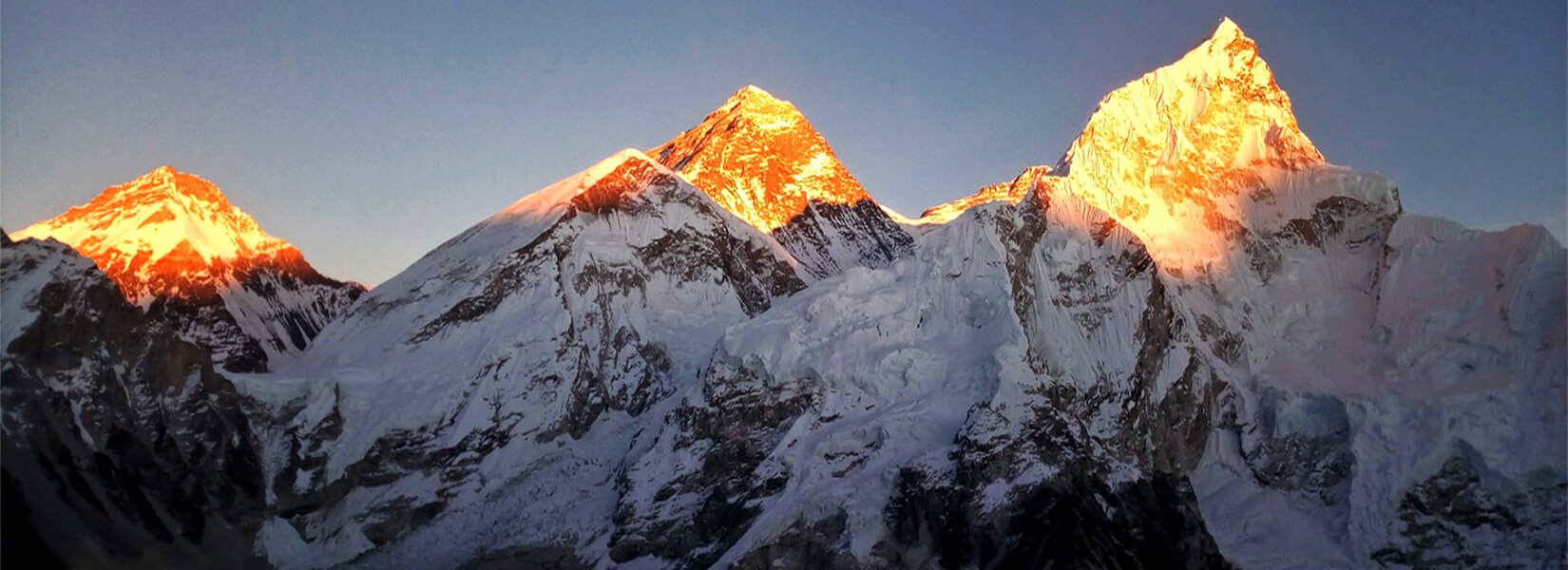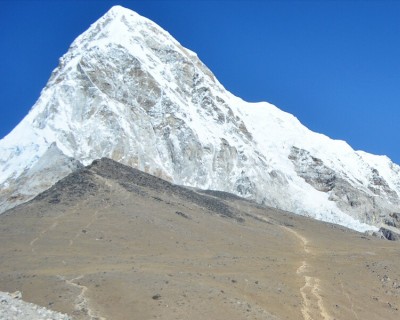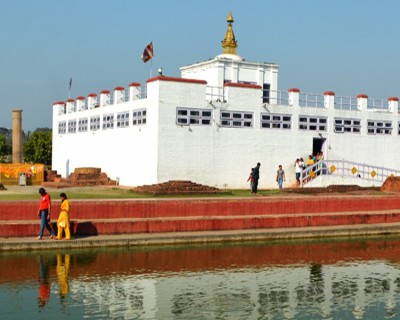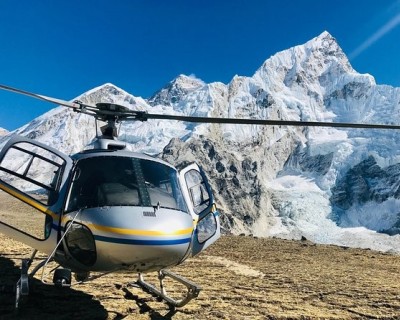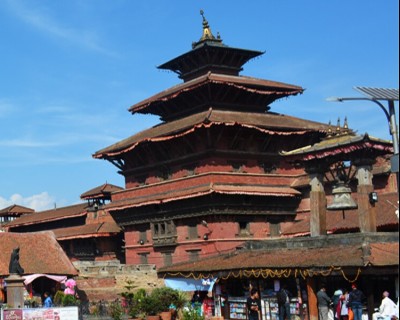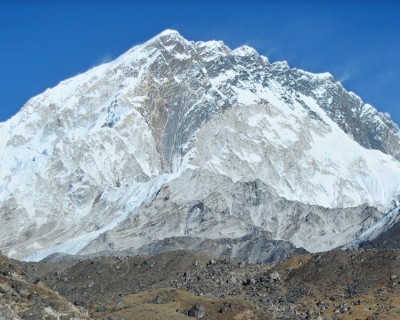Nepal formally the Federal Democratic Republic of Nepal is a landlocked nation in South Asia found for the most part in the Himalayas yet additionally incorporates parts of the Indo-Genetic Plain. With an expected populace of 26.4 million, it is 48th biggest nation by the populace and 93rd the biggest nation by region It outskirts China in the north and India and Bhutan is isolated from it by the Indian province of Sikkim. A Himalayan state, Nepal has a different geology, including ripe fields subalpine forested slopes, and eight of the world's ten tallest mountains, including Mount Everest the most astounding point on Earth. Kathmandu is the country's capital and biggest city. Nepal is a multiethnic country with Nepali as the official dialect. Nepal is normally isolated into three physiographic zones: Himal, Pahad and Terai. These environmental belts run east-west and are vertically crossed by Nepal's real, north to south streaming waterway frameworks.
The southern marsh fields or Terai circumscribing India are a piece of the northern edge of the Indo-Gangetic Plain. Terai is a swamp locale containing some slope ranges. They were shaped and are encouraged by three noteworthy Himalayan waterways: the Kosi, the Narayani, and the Karnali and in addition littler streams ascending beneath the changeless snowline. This locale has a subtropical to tropical atmosphere. The peripheral scope of lower regions called Sivalik Hills or Churia Range peaking at 700 to 1,000 meters (2,297 to 3,281 ft) denotes the utmost of the Gangetic Plain, anyway expansive, low valleys called Inner Tarai Valleys (Bhitri Tarai Uptyaka) lie north of these lower regions in a few spots. Pahad is a mountain area that does not, by and large, contain snow. The mountains shift from 800 to 4,000 meters (2,625 to 13,123 ft) in height with movement from subtropical atmospheres underneath 1,200 meters (3,937 ft) to high atmospheres over 3,600 meters (11,811 ft)..
Himal is the mountain locale containing snow and arranged in the Great Himalayan Range, makes up the northern piece of Nepal. It contains the most astounding rises on the planet including 8,848 meters (29,029 ft) stature Mount Everest (Sagarmāthā in Nepali) on the fringe with China. Cho Oyu, Kangchenjunga, Dhaulagiri, Annapurna and Manaslu. Nepal has five climatic zones, comprehensively relating to the elevations. The tropical and subtropical zones lie beneath 1,200 meters (3,937 ft), the mild zone 1,200 to 2,400 meters (3,937 to 7,874 ft), the cool zone 2,400 to 3,600 meters (7,874 to 11,811 ft), the subarctic zone 3,600 to 4,400 meters (11,811 to 14,436 ft), and the Arctic zone over 4,400 meters (14,436 ft). Nepal encounters five seasons: summer, rainstorm, pre-winter, winter and spring. The Himalaya squares cool breezes from Central Asia in the winter and structures the northern furthest reaches of the rainstorm wind designs. In a land once thickly forested, deforestation is a noteworthy issue in all districts, with coming about disintegration and corruption of environments.
Nepal is prominent for mountaineering, having a portion of the most noteworthy and most difficult mountains on the planet, including Mount Everest. In fact, the southeast edge on the Nepali side of the mountain is simpler to climb, so most climbers want to trek to Everest through Nepal.
Best country to do for Hiking in Nepal

